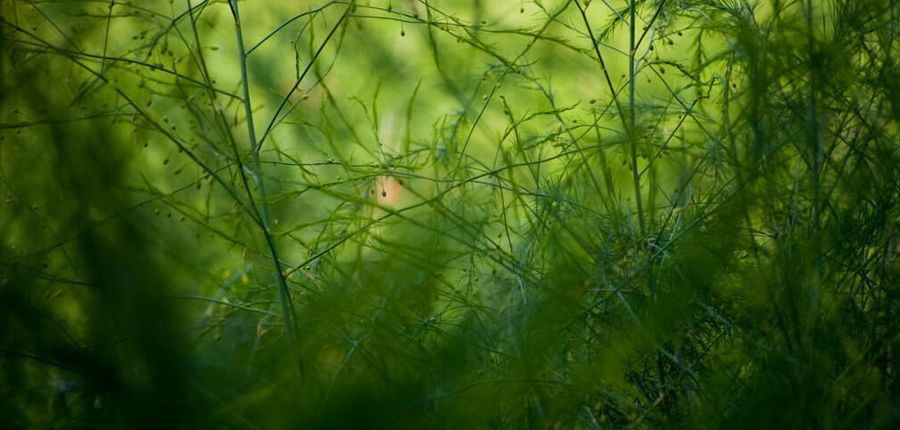Asparagus care and maintenance
Posted By: rocket veg Category: Growing Veg, Seasonal AdviceIt’s early November but even though we haven’t had a proper frost, the clumps of feathery asparagus fern on my allotment are beginning to turn yellow, a sure sign that the fern is dying off and the time has come to remove it.
Asparagus is a perennial plant, entering its dormant period in late autumn when the root system (the ‘crown’) has finished taking in and storing nutrients in readiness for producing next season’s crop of tasty spears. Once the cropping period comes to an end, the fern-like foliage which quickly develops is, in effect, the asparagus flower and like most perennial flowers which have had their moment of glory, now is the time to cut the stems off at ground level.
Cutting asparagus fern
Last Sunday, I decided that the time had come to cut the fern from my asparagus and once done, I removed all signs of weed growth with a hand fork. If you have an asparagus bed, it is essential that it remains as free from weeds as possible – especially the nasty pernicious variety, such as bindweed, which will soon choke the asparagus crowns and stunt growth. Top tip: when weeding, don’t be tempted to use a hoe or digging fork as these will almost certainly damage the crowns lurking just below the surface of the soil.
Mulching and feeding
Asparagus is a hungry plant so having cut the fern and removed any weeds the next job is to feed the crowns with a good layer of well-rotted manure. This will also act as a mulch, helping to retain moisture and discourage weed growth. In recent years, I have also taken to covering my asparagus bed with a sheet of woven black polyester in order to prevent annual weeds germinating.
Spring care
Depending on weather conditions, the first asparagus spears should appear in early April, so remove any covering in good time and then give the crowns a boost with a top dressing of organic fertiliser, such as fish blood and bone. Be sure to deal with any weeds as soon as they appear. Stunted plants with thin, weak stems are an indication of lack of adequate feeding, or from having to complete with weeds.
Pests
Asparagus is prone to attack from the asparagus beetle which feeds on the foliage and stems. If left unchecked, the beetle will cause serious defoliation, weakening or even killing the plant, so once the fern has been cut, it is best burnt or disposed of via a green waste collection, rather than composted which may provide the ideal breeding place for beetle grubs.
For more information about creating your own asparagus bed, seek out the other blog where you should find all you need to know to get you going.







